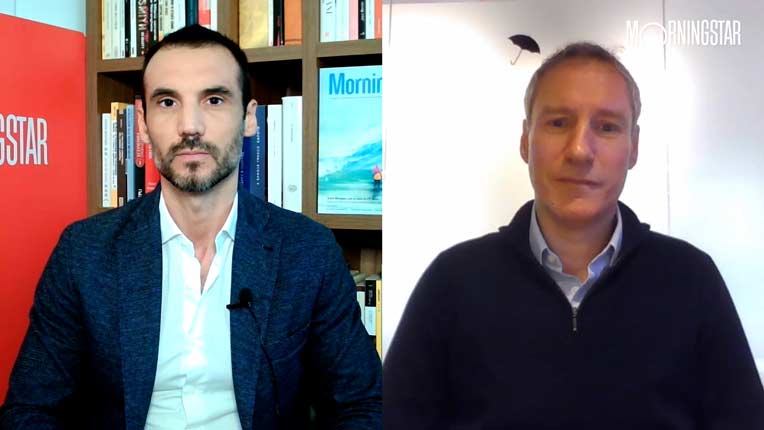Ruth Saldanha: A new balanced portfolio could have more than just stocks and bonds, perhaps even real estate and infrastructure, suggests Perry Teperson, Vice President and Portfolio Manager, at Leith Wheeler. But why? He is here today with us to tell us. Perry, thank you so much for being here today.
Perry Teperson: Thanks for having me.
Saldanha: So, why should investors consider adding real estate or infrastructure to their portfolios?
Teperson: There's a few reasons. One of the most important ones I think is that real estate or infrastructure when privately valued and when located in other areas of the world can bring both what I call true diversification as well as the benefits of price smoothing or valuation cycles that are not timed with the same manner and frequency as the equity markets.
Saldanha: What exactly is price smoothing?
Teperson: So, price smoothing we refer to as the concept whereby assets that aren't required to be valued daily but are valued quarterly and are often appraised and independently verified on an annual basis. Provides smoothing because you can often ride through shorter-term fluctuations which occur naturally in the daily mark-to-market or the equity markets.
Saldanha: One of the things that Canadian investors believe is that real estate will never really go down in value. Is this accurate at all?
Teperson: Absolutely not. In fact, our memories must be short because you don't need to look much further than the last financial crisis, the biggest one in our lifetimes, mere 10 years ago. And real estate was at the epicenter of that event. And in fact, even privately-valued real estate funds declined significantly during the financial crisis, but because of the price smoothing that I just referred to a couple of minutes ago, they tended to fall in value later than the fall of the equity markets, which just reflects the fact that they were either appraised later or there was some inherent bias in the valuation of those assets which only came to bear about nine months later. That's beneficial for an investor though, because if they are holding both components of their portfolio, they can get a smoother ride month-to-month if different components of their portfolio are declining or rising at different points in time.
Saldanha: Finally, how should individual investors actually go about investing in real estate?
Teperson: It's quite difficult for individual investors to access those true privately-valued real estate funds that I was talking about. You want to do a couple of things if you are adding these types of components to your portfolio. The price smoothing that I mentioned is beneficial, but what's really beneficial is finding true diversification where you have underlying assets that have risk and return drivers than the ones that you are holding in your portfolio. If I think about an individual investor, they probably have a lot of exposure to real estate just in their personal lives, perhaps they own the house that they are living in, perhaps they own a bigger amount of Canadian equities which ultimately is driven by local factors. For example, even our financials are driven by the state and the health of our housing market.
So, the best form of diversification for an individual investor, for any investor for that matter, would be one where you have different return drivers. So, now, we are thinking more about global real estate funds or global infrastructure funds. And unfortunately, the breadth of choice that's available to investors outside of the public markets is quite limited. But one example I can think of for just as an example, a name we hold in our Canadian equity portfolio at the moment is Brookfield Infrastructure Partners. This is a publicly-listed equity. So, it's easily available, trades daily to any investor. But the underlying holdings of that is Brookfield's private infrastructure funds which are global in nature. So, even though they are not quite the same as holding those private funds directly, long-term, the risk and reward experience with that entity should be fairly similar to that of the underlying private funds albeit the ride could be slightly different over the short term because it's a publicly-traded stock. So, you'd have to be a little bit patient and hold on to it long enough to get the same experience.
Saldanha: Thank you so much for joining us today, Perry.
Teperson: Thanks for having me.
Saldanha: For Morningstar, I'm Ruth Saldanha.




















